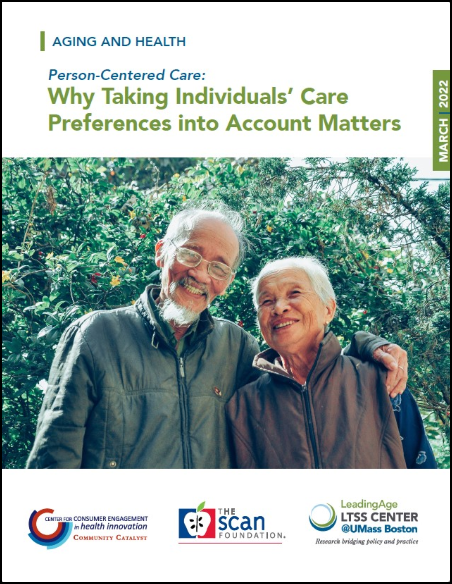Headline
Reveals inequities in how older adults’ care preferences are considered based on race/ethnicity, income, health insurance status, and other variables.
Context
Person-centered care, which involves eliciting individuals’ values, needs, and preferences to guide their health care, is a key aspect of a high-quality health care system. This study explores trends of person-centered care for older adults in the overall health care system from 2014-2018. It uses data from the Health Retirement Study — a nationally representative survey of adults age 50 and over — to understand how often older adults’ preferences for care were considered regarding their experiences with the health care system. This report builds on an initial report on this topic, "Tracking Progress on Person-Centered Care for Older Adults: How Are We Doing?”
Findings
One-third of older adults said the health care system either “never” or only “sometimes” considered their care preferences. Compared to non-Hispanic white people, Hispanic and Black people were 1.9-3 times more likely to report that their care preferences were “never” taken into account, even when other variables such as age and income were held constant. Other predictors of lower levels of person-centered care include lower income level, eligibility for Medicaid or for both Medicare and Medicaid, and poorer self-reported health status. Additionally, not having one’s preferences taken into account is associated with higher risk of future high-cost care and worse health outcomes, but having a usual source of care increases the likelihood that patient preferences are recognized by the health care system.
Takeaways
Putting an emphasis on person-centered care can help health systems reduce these disparities. Provider training to ask patients about their care preferences, measurement of goal-directed care and person-centered outcomes, and consumer engagement activities such as consumer advisory boards are all potential ways to improve the delivery of person-centered care. In addition, the research suggested the importance of strengthening patients’ connections to primary care, since having a usual source of care can help ensure trusting, longitudinal relationships that are at the center of person-centered care.

